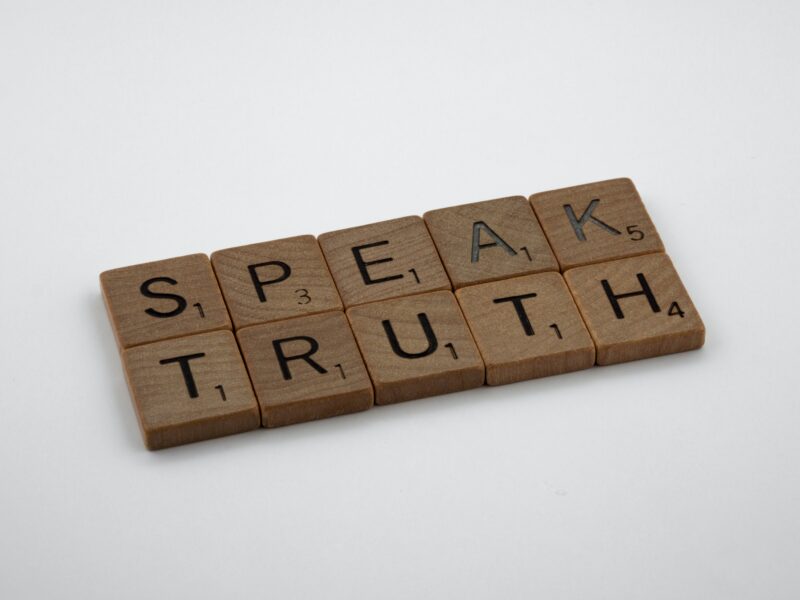In 1990, the U.S. Congress established Mental Illness Awareness Week with the goal of boosting the public’s knowledge of mental health issues. Every year during the first full week of October, the National Association of Mental Illness takes the lead to raise awareness, fight discrimination, and provide support for the millions of Americans who are living with mental health conditions.
Unfortunately, there are a litany of misconceptions that persist about mental illness. Here are some of the most common myths about mental illness and the facts you can use to counter them.
Myth 1: Mental Illness Is a Sign of Weakness
Many people view mental illness as a character flaw or sign of personal weakness. This view is stigmatizing and dangerous, given that it could cause individuals who need help to hide their illness for fear of being judged adversely by their family and peers.
The Substance Abuse and Mental Health Services Administration reports that there are a variety of contributing factors that lead to mental health conditions, none of which are indicative of a person’s character. Among the causes are biological factors, such as genetics, physical illness, traumatic injury, or brain chemistry; life experiences, such as trauma or abuse; and a family history of mental health conditions.
SAMHSA adds that it’s possible to prevent mental disorders by addressing known causes, such as exposure to trauma, and providing timely intervention for children and young adults with the goal of enhancing their social and emotional well-being.
Myth 2: Mental Illness Is Rare and Only Happens in “Other Families.”
Contrary to this myth, mental health issues are quite common. SAMHSA reports that one in five American adults suffer from a mental health issue in any given year, and one in 20 have lived with a serious mental illness, such as depression, bipolar disorder, or schizophrenia. Mental illness happens in every age group, including children. One in six U.S. children, ages 6 through 17, experience a mental health condition each year.
Mental illness doesn’t just happen to “other families.” It happens to families in every community and every neighborhood. NAMI reports that more than 51 million adults in the U.S. face the reality of managing a mental illness every day.
Myth 3: People with Mental Illness Tend to be Violent or Act “Crazy.”
Most people with mental illness are not violent and do not act out. They are no more likely to be violent than anyone else. In fact, SAMHSA reports that those with severe mental illness are more than 10 times more likely to be a victim of a violent crime than the general public.
Typically, you won’t recognize those around you who have mental illnesses, since the most prevalent conditions do not prevent them from holding jobs are being productive members of society. NAMI reports that the most common mental illnesses are anxiety disorders (19.1%), major depressive episodes (8.4%), and post-traumatic stress disorder, commonly known as PTSD (3.6%). Schizophrenia accounts for less than 1% of mental illness, affecting an estimated 1.5 million people, while borderline personality disorder accounts for 1.4% (3.5 million people), and obsessive-compulsive disorder impacts 1.2% (3 million people).
Myth 4: People with Mental Illness Will Never Get Better
Just as those with many physical illnesses recover from their maladies with appropriate medical intervention, people with mental health conditions can and do get better with effective treatment.
Not only are people recovering from mental illness, but the rates of recovery are increasing thanks to the development of new and better therapies. As an example, cognitive behavior therapy has shown tremendous promise and effectiveness for people with anxiety disorders.
The key to recovery from mental illness is having access to people with mental health conditions can and do get better. Unfortunately, timely treatment is more often the exception than the rule. NAMI reports that individuals with a mental health condition face an average delay of 11 years between experiencing symptoms and starting treatment. Among the barriers they encounter are the high cost of care, lack of insurance coverage, the stigma related to seeking help, and structural obstacles such as transportation.
The good news is that there are a lot of people out there getting the care they need. Citing statistics from a difficult mental health year—2020—NAMI reports that 46.2% of U.S. adults with mental illness received treatment; among those with serious mental illness, 64.5% received treatment.
Getting appropriate treatment makes all the difference. With the right recovery plan, individuals with mental illnesses are likely to lead more productive and healthy lives.
Beachside Rehab has programs to help those battling mental illness. Contact our trained admissions counselors at 866-349-1770 to discuss treatment options.
Sources:
- https://www.samhsa.gov/mental-health/myths-and-facts
- https://www.nami.org/NAMI/media/NAMInet/Ops-Gov/Mental-Illness-Awareness-Week-Guide-2022.pdf
- https://www.nami.org/blogs/nami-blog/july-2015/dispelling-myths-on-mental-illness

